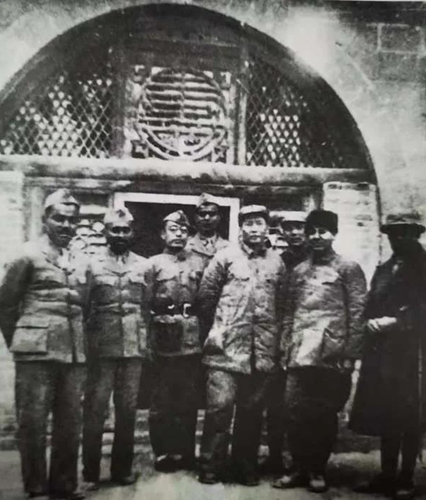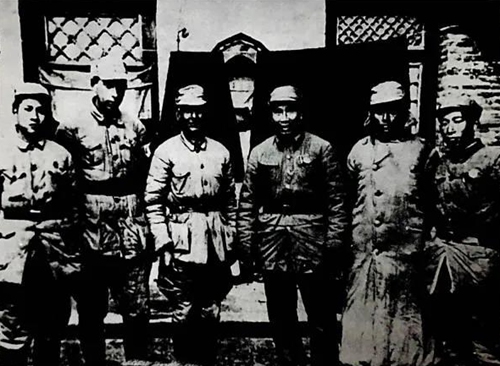'I've Fallen in Love with Your Cause' — Indian Doctor Old Ke's Bond with China

Group photo of Mao Zedong and all members of the Indian Medical Team to China including Dr. Kotnis (second from left) in 1938

Group photo of Zhu De and members of the Indian Medical Team to China including Dr. Kotnis (second from right)
Before leaving for China, the team had heard that the CPC was different from the Kuomintang, and therefore when they arrived, they asked to go to the CPC-led battlefield behind the enemy lines, and work where the Chinese people suffered the most. With unrelenting persuasion, Dr. Kotnis finally arrived at the Shanxi-Chahar-Hebei border region and became a battlefront doctor, performing surgeries on the firing line.
Fighting shoulder to shoulder with CPC members and the Eighth Route Army, Old Ke became well-known in the Shanxi-Chahar-Hebei border region. Considering himself a real soldier of the Eighth Route Army, he fully blended in with the struggle and life of the liberated areas.
For him, the CPC-led war against Japanese aggression was a great, revolutionary fight for justice, and the Eighth Route Army was like an excellent university turning out tens of thousands of revolutionary youths. He found out that the anti-Japanese base areas led by the CPC were totally different from the Kuomintang-controlled areas. People there lived as equals. Officers and soldiers were no different. Soldiers could participate in discussions on major issues or criticize their superiors. Officers, soldiers and staff received almost the same allowance: according to him, a commander of a hundred-thousand-strong troop only has five rupees a month, while an ordinary soldier can get three rupees. There was neither extreme disparity between the rich and the poor like the situation in Kuomintang-controlled areas, nor strict stratification like the caste system in India.
























